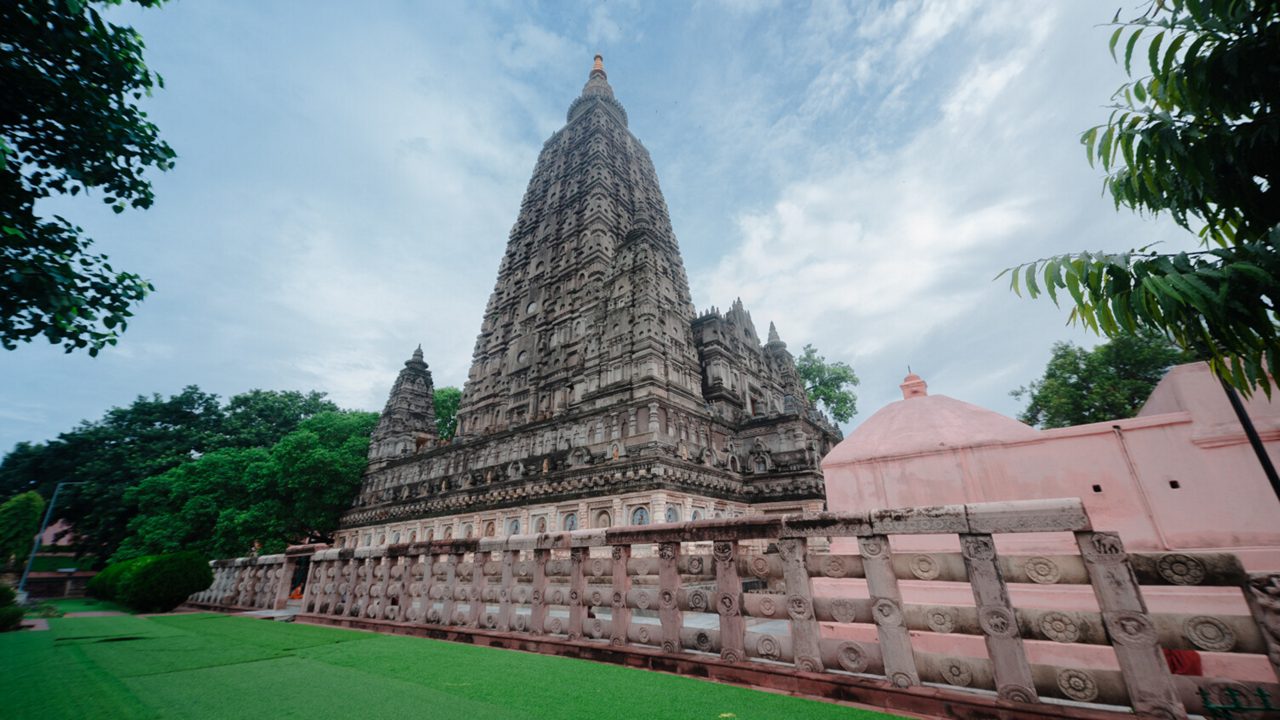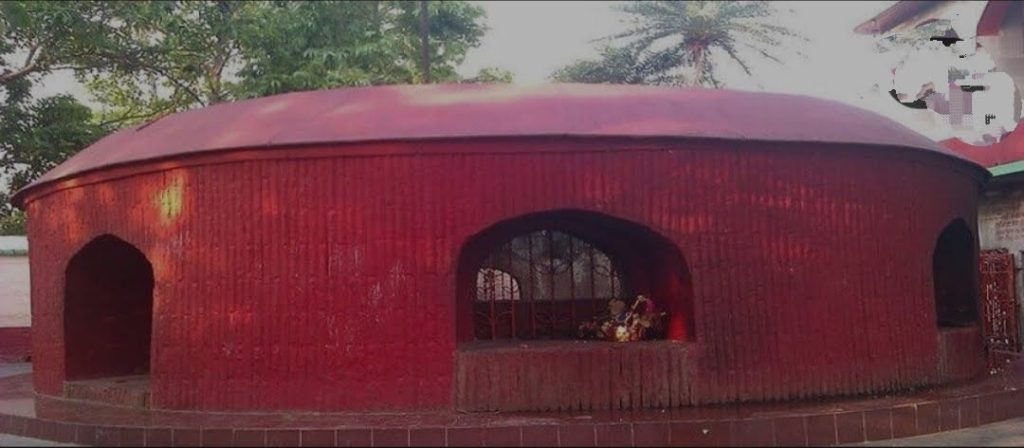
Agam Kuan: The bottomless well is a Mauryan Emperor Ashoka’s old artefact. It is thought to have been part of Ashoka’s fabled hall.
For its historical and archaeological significance, Agam Kuan in Patna, Bihar, is well-known. It is a historic well with a long history that can be traced back to the Mauryan era, which began approximately 300 BCE. The name “Agam Kuan” means “Unfathomable Well,” emphasising its depth and enigmatic vibe.
Agam Kuan’s connection to Ashoka, the Mauryan Emperor who is thought to have built it, is one of the main factors contributing to its fame. The well is said to have been used as Ashoka’s torture chamber. It now stands as a tribute to the Mauryan era’s engineering and architectural prowess.
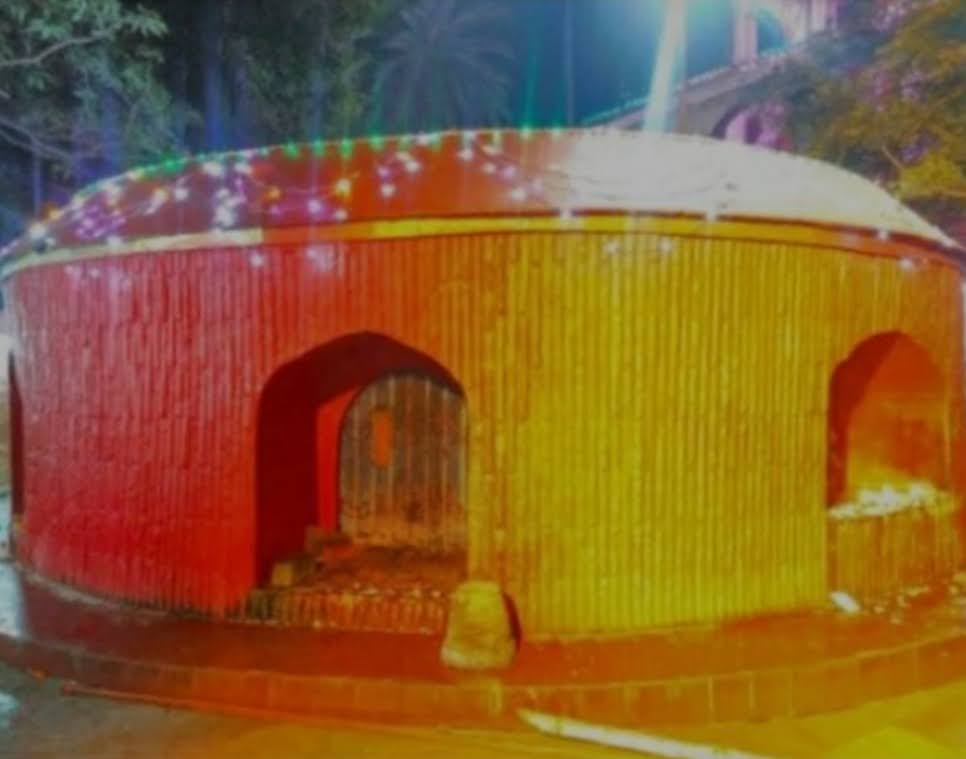
Night view of Agam Kuan
Agam Kuan is significant not only historically but also culturally and religiously. Due to its association with several myths and tales, the location attracts a lot of worshippers and pilgrims. Taking a swim in the waters of Agam Kuan during the Chhath Puja festival is thought to bring blessings and the realization of wishes.
Additionally, due to its ancient origins, the location draws in archaeologists, historians, and scholars. Numerous artifacts and buildings have been discovered during excavations near Agam Kuan, giving light to the area’s colorful past.
The significance of Agam Kuan in Patna, Bihar, in terms of history, archaeology, culture, and religion is well known. It acts as a physical representation of the past, enthralling tourists with its fascinating history, and serves as a reminder of the area’s rich history.
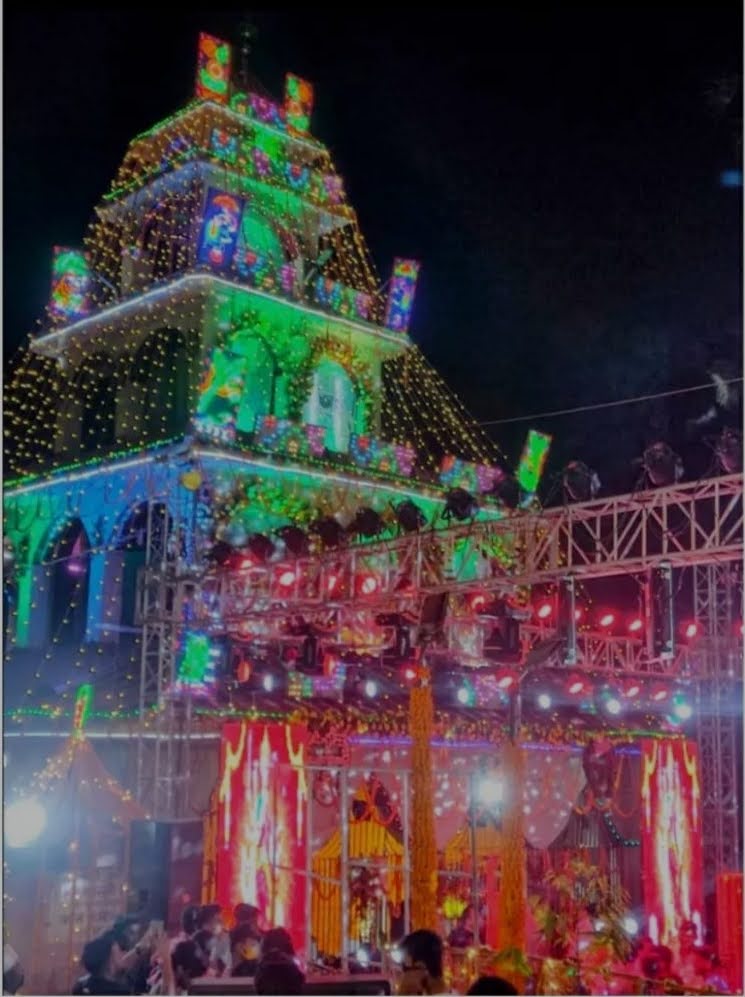
Shitla Devi Mandir, Agam Kuan
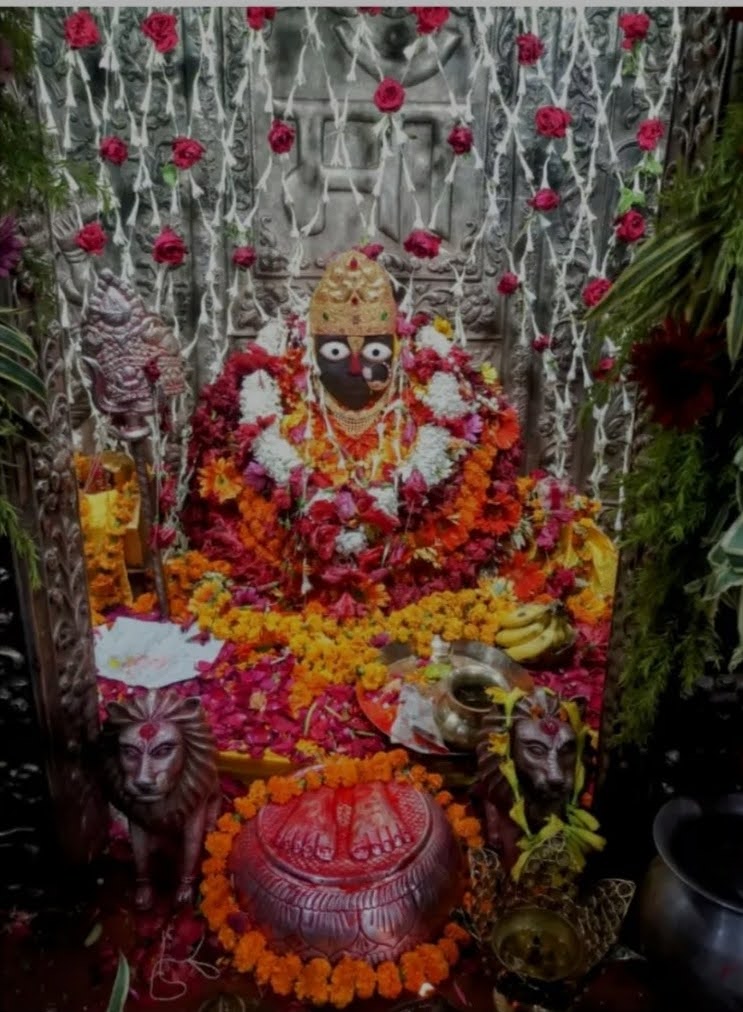
Shitla Mata idol inside the temple
The Agam Kuan complex’s inclusion of Shitla Mandir gives the location additional religious significance. The goddess Shitala Devi, known in Hindu mythology as the patroness of smallpox and illnesses, is the subject of the shrine known as Shitla Mandir. Many devotees visit the temple in search of the goddess’ blessings for wellness and immunity from illness.

